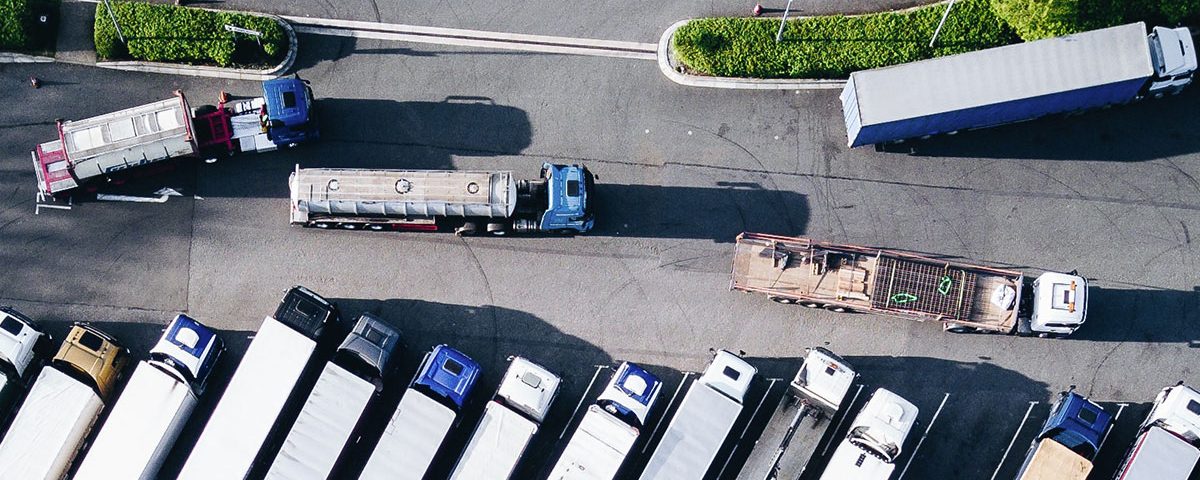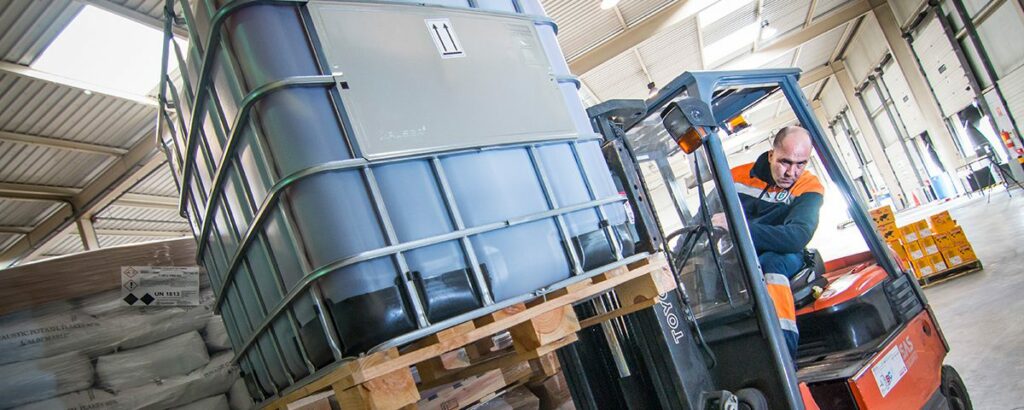The transport of dangerous goods, due to the nature of the materials to be transported, requires vehicles with specific characteristics for ADR transport. Basically, there are three modes of land transport suitable for this type of procedure: transport in packages, by tanker or in bulk. In the case of bulk transport, this type of transport is chosen when the goods are packaged, either in boxes, drums or other types of packaging. On the other hand, tank transports are carried out when the materials to be transported are in liquid or gaseous state without packaging, so that they adapt to the conditions of the vehicle, whether they are dismountable or fixed tanks or tank containers. Finally, bulk transport is responsible for moving solid materials that are not packaged and that fit into the container.
Although such means of transport are generally referred to as ADR transport vehicles, they are often referred to as transport units in the provisions of the regulations. The difference between the two terms is constituted by some of the transports included in the definition. The transport unit includes both motor vehicles that do not have any trailer attached and assemblies that include an attached trailer or semi-trailer (articulated vehicles); vehicle, on the other hand, directly includes both automobiles and trailers or articulated vehicles, i.e., that include modules designed to be towed, although it leaves out of the definition the transports of the armed forces. If means of transport such as vans and trucks would be included, as opposed to transport units.
It is important to be clear about the differences between vehicles and transport units in order to know how to correctly apply the regulations, such as the correct ADR labeling, and thus avoid confusion. For example, when the ADR states that the hazard/material classification plates must be placed on the rear of the vehicle, it refers to the rear of the trailer/semitrailer (and not the rear of the first powered module).
Another aspect to take into account regarding ADR transport vehicles is that there are units that fall under the exclusive use modality; this means that the ADR includes some guidelines on the use of certain units for the transport of particularly hazardous materials. This occurs mainly in the transfer of radioactive products, for which certain vehicles or containers are intended for exclusive use. This ensures that the entire procedure is carried out according to the expectations and demands (either of the sender or the shipper), complying with logistical, transfer and loading and unloading regulations.

